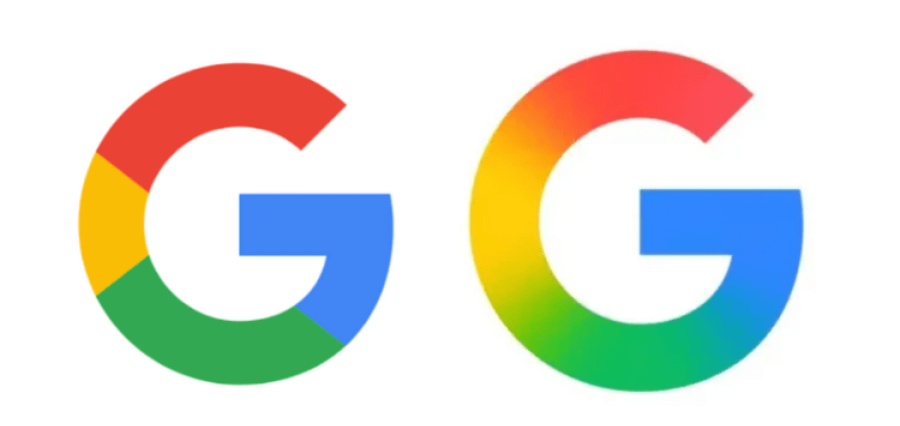Apple CEO Tim Cook recently revealed on Twitter (now called X) that the Vision Pro headset will go on sale on February 2. Many are eager to see what the iPhone maker’s first virtual reality headset has to offer because it’s so new. When Vision Pro was first released earlier in the year, Apple made news by asking a select group of journalists to test it out. Tech aficionados were even more excited as a result of the generally positive media reports.
People will have the opportunity to test the Vision Pro for themselves now that it will soon be available for purchase. Elon Musk, the CEO of X, is one of the enthusiastic ones.
Musk stated that he wants to try the headgear on for himself in response to Cook’s tweet regarding it.
“We have entered the age of spatial computing! On February 2, Apple Vision Pro will be available in the US, Cook tweeted. Musk replied, writing, “I look forward to trying it out.”
Cook introduced the Vision Pro in June of last year, referring to it as a “new type of computer.” Since its unveiling during WWDC, admirers have been anxious to use the smartphone for themselves.
And the anticipation only grows as the selling date draws nearer.
The cost of the Apple Vision Pro is $3,499 dollars. Apple revealed the cost of the Zeiss prescription lenses that customers can choose from along with the headset’s release date. Prescription lenses are $149, while readers are an additional $99 in cost.
A light seal, two light seal cushions, an Apple Vision Pro cover, a polishing cloth, a battery, a USB-C charging cable, and a USB-C power converter are among the accessories included with the base model of the Vision Pro, which has 256GB of storage.
With a side-mounted dial, users can switch between virtual reality (VR) and augmented reality (AR) on this device, which has a 4K display for each eye. The new R1 chip, which processes data from integrated sensors, cameras, and microphones, and Apple’s proprietary M2 chip power the headgear. Furthermore, the gadget can track the user’s eyes, head, and hands, allowing them to interact with the interface without a controller.
Moreover, visionOS, Apple’s next operating system, powers the headset and promises to integrate smoothly with the majority of iPhone and iPad apps without requiring extra work from app developers. With the Apple TV app, Apple also promised users access to more than 150 3D titles.
Read More: https://insightssuccess.com/



















